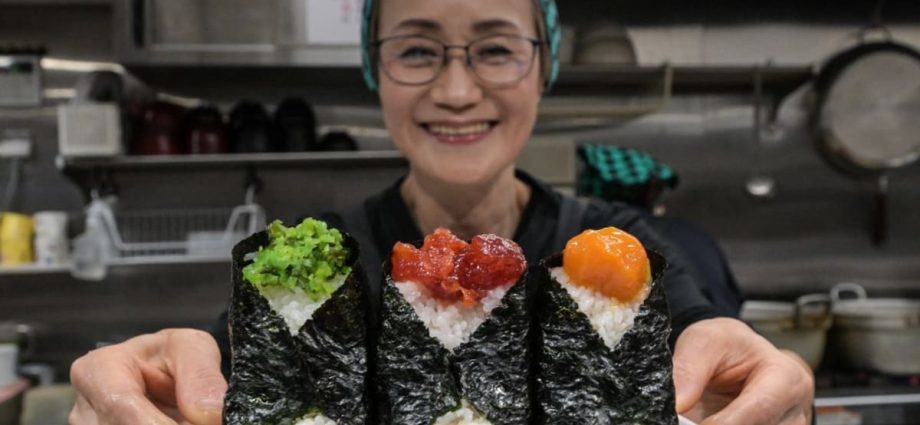Japan’s humble ‘onigiri’ rice balls get an image upgrade

Wrapped in seaweed and stuffed with delicious fillings, “onigiri” rice balls are shaking off their reputation as a cheap and uninspiring snack in Japan – and enticing hungry converts abroad.
Mouth-watering pictures on social media, rising demand for affordable lunches, and a surge in tourism to Japan are all drawing people to the humble onigiri.
Just ask any of the 50-odd customers lined up in a quiet corner of Tokyo for the restaurant Onigiri Bongo to open.
In the past, “no one came between lunch and dinner, but now customers queue non-stop”, said 71-year-old Yumiko Ukon, who runs the more than half-century-old shop.
Some wait for eight hours, said Ukon, whose team makes some 60 different types of onigiri, bulging with traditional fillings like pickled plum, or more unusual offerings such as bacon with soy sauce.
Onigiri Bongo only has nine counter seats, but sells around 1,200 rice balls each day.
“When I was young, onigiri was something you would make at home,” Ukon told AFP. “Now people buy onigiri, or go out to have onigiri.”
Long popular as on-the-go fuel in Japan, onigiri have been eaten for over a millennium in the country, where they were once taken onto the battlefield by samurai.
The quick bites can be found in convenience stores on practically every corner, ubiquitous enough to be banal.

